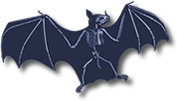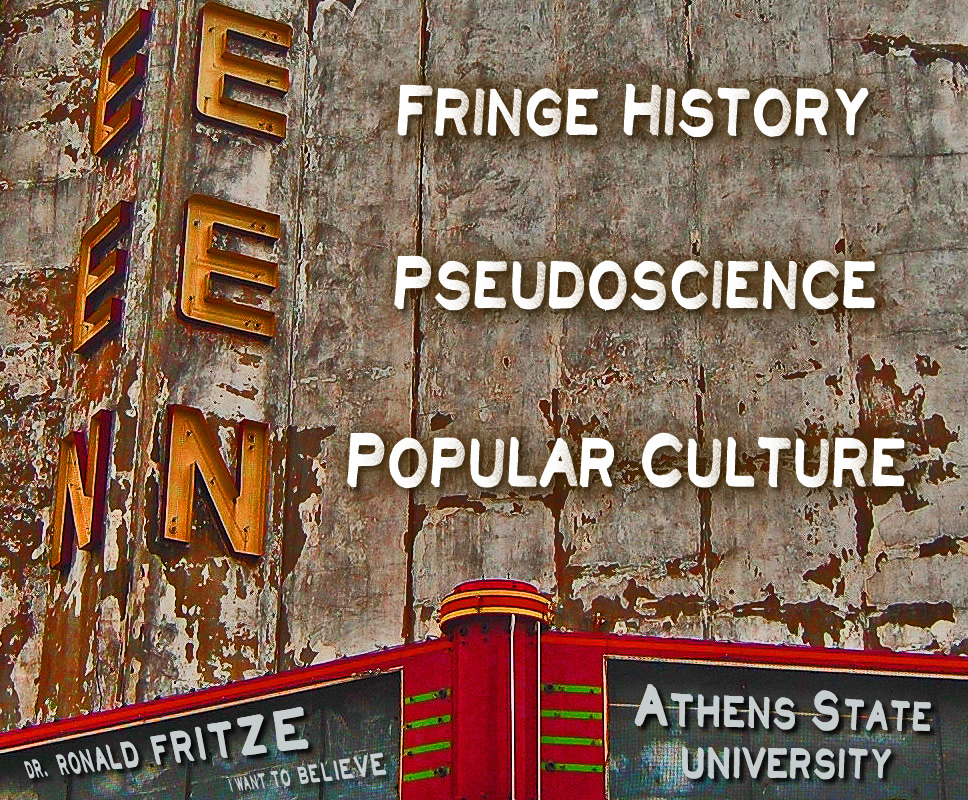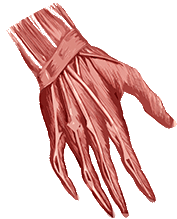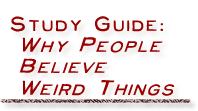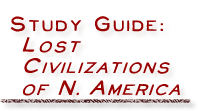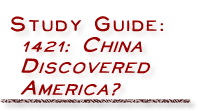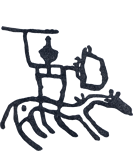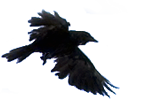
A Culture of Conspiracy:
Apocalyptic Visions in Contemporary America
By Michael Barkun
Published in hardcover on November 7, 2003, by the University of California Press
Published in paperback on May 4, 2006, by the University of California Press
Preface
1. Why does Barkun think the study of the convergence of conspiracy theories with UFO beliefs is worth studying?
Chapter 1:
The Nature of Conspiracy Belief
1. Why do millennialists gravitate toward conspiracism?
2. What are the three principles related to conspiracy theories’ emphasis on design in the universe?
3. Explain Barkun’s matrix of group/activities and secret/non-secret.
4. What are the three types of conspiracy theories and how are they related to each other?
5. Discuss the empirical soundness of conspiracy theories.
6. Define and compare religious, secular, and improvisational millennialism.
7. What has been the impact of the Internet on conspiracy theories in general society?
Terms | definition and significance
- Millennialism
- Manichaean
- Conspiracy (as defined by Barkun)
- Protocols of the Elders of Zion
- Urban legend
- rumor
Chapter 2:
Millennialism, Conspiracy,
and Stigmatized Knowledge
1. How can the rise of improvisional millennialism be explained?
2. Describe the concept of rejected knowledge.
3. Describe the concept of cultic milieu.
4. Describe the concept of stigmatized knowledge and its five varieties.
5. What is the fact/fiction reversal? Define and provide examples.
6. What is the relationship between stigmatized knowledge and popular culture?
Terms | definition and significance
- Fundamentalisms
- “New Age”
- Bricolage
- Edward George Bulwer-Lytton
- Consensus reality
Chapter 3:
New World Order Conspiracies I:
The New World Order and the Illuminati
1. What are the elements that constitute the general New World Order Conspiracy theories? What were the two streams of ideas that contributed to the development of these theories?
2. Describe the two basic strategies for identifying the Antichrist.
3. Describe the rise of Antichrist theories in twentieth century America.
4. Describe the evolution of conspiracy theories involving the Illuminati in nineteenth and twentieth century America.
5. Describe the contributions of Milton William Cooper to the development of conspiracy theories.
6. What was the impact of the Cold War and the end of the Cold War on conspiracy theories?
Terms | definition and significance
- John Nelson Darby (1800-1882)
- Premillennialism
- Postmillennialism
- Dispensations
- Tribulations
- Rapture
- Gerald Winrod
- Bavarian Illuminati
- Adam Weishaupt
- Nesta Webster
- Lady Queensborough or Edith Starr Miller
- John Birch Society
- Robert Welch
- Pat Robertson
- John Tobb
- Milton William Cooper
Chapter 4:
New World Order Conspiracies II:
A World of Black Helicopters
1. According to various New World Order conspiracies, who and what groups were behind these conspiracies?
2. What is the mythology of black helicopters, concentration camps, and mind control in the New World Conspiracies?
Terms | definition and significance
- Council on Foreign Relations
- Bilderberger Group
- Trilateral Commission
- Jim Keith
- William Pabst
- MK-ULTRA
- Project Monarch
Chapter 5:
UFO Conspiracy Theories, 1975-1990
1. From 1947 to present, what has been the situation of the UFO subculture in American society concerning its size and the state of its beliefs?
2. What was the advantage for New World Order beliefs becoming incorporated with UFO beliefs?
3. Describe the two phases of the development of UFO comspiracism.
4. What was the Cooper Narrative?
Terms | definition and significance
- Alternative 3
- Ernst Zundel
- MJ-12 papers
- John Lear
Chapter 6:
UFOs Meet the New World Order:
Jim Keith and David Icke
1. What was Jim Keith’s background and his contribution to UFO conspiracism?
2. What was David Icke’s background and his contribution to UFO conspiracism?
3. What is the relationship between Keith and Icke on the one hand and the Radical Right on the other hand?
Terms | definition and significance
- Brotherhood
- Global Elite
- Reptilian Conspiracy
Chapter 7:
Armageddon Below
1. Describe the Dulce Legend and its place in UFO conspiracies.
2. Trace the history of inner-earth beliefs.
3. What is the Shaver Mystery?
4. How did pulp fiction contribute to the Serpent Race belief?
5. What is the Reptilian Conspiracy?
6. How do adherents of the Serpent Race belief link it to the Bible?
Terms | definition and significance
- Inner-earth motifs
- Paul Bennewitz
- Madame Helena Petrovna Blavatsky
- Guy Ballard
- Mount Shasta
- Maurice Doreal
- Agharti
- Shambhala
- Serpent Race
- Robert E. Howard
Chapter 8:
UFOs and the Search for Scapegoats I:
Anti-Catholicism and Anti-Masonry
1. Describe the movement of Nativism in America and trace its history through the nineteenth into the twentieth century. What groups were targets of Nativism’s hatred and why?
2. What is the part played by anti-Catholicism in modern UFO conspiracy theories?
3. What is the part played by anti-masonic beliefs in modern UFO conspiracy theories?
Chapter 9:
UFOs and the Search for Scapegoats II:
Anti-Semitism among the Aliens
1. What are the three basic ways Jews are portrayed in UFO conspiracy theories?
2. What role do Nazis play in UFO conspiracies?
3. How have the Protocols of the Elders of Zion been variously adapted for use in UFO conspiracy theories?
4. What type of conspiracy theories are advocated by the Phoenix Publications?
5. Describe the nature of contactee material and how it relates to UFO lore. How is it different from abductee accounts?
6. What influence did William Dudley Pelley exert on anti-semiticism in the UFO conspiracy theories?
7. What does Barkun mean when he refers to the laissez-faire character of stigmatized knowledge and how it impacts the development UFO conspiracy theories?
Terms | definition and significance
- William Dudley Pelley
- Khazars
- Hatoon
- George Adamski
- George Hunt Williamson
Chapter 10:
September 11: the Aftermath
1. The September 11 attacks were a traumatic event. What was the reaction of the Millenarians, the Esotericists, the UFO community, the conspiracists, and David Ickes?
2. How did Milton William Cooper react to September 11? What were the circumstances of his death, and how did the conspiracist community react to his death?
3. How does the war in Afghanistan fit into the possible future speculations about conspiracies?
4. What was the impact of September 11 on the existing conspiracy culture?
Conclusion
1. Discuss the different types of UFO-related millennialisms — UFOs as a sign of the end-time, aliens and the Christian millennium, alternative millenniums, and fraudulent millenniums.
2. Discuss the relation of the concepts of millennium and apocalypse and how they affect views of the end-time.
3. UFO conspiracy theories can have influence in greater society due to the phenomenon of repositioning, mainstreaming, and bridging of their ideas. What do these terms mean and how do they work to spread the ideas of UFO conspiracists?
4. How does Barkun explain the fact that diverse conspiracy theories have an essential unity with each other?
5. What does Barkun suggest are potential problems for the general society posed by the increasing permeability of the boundary between mainstream knowledge and stigmatized knowledge? What are the real and potential social divisions created by conspiracy theories?
Printer Friendly
For a printer-friendly version of this webpage,
click the logo below to open a .pdf file in Adobe Reader.
If you don't have the Reader on your pc,
here's a link to download the free and very safe software:
http://get.adobe.com/reader/
